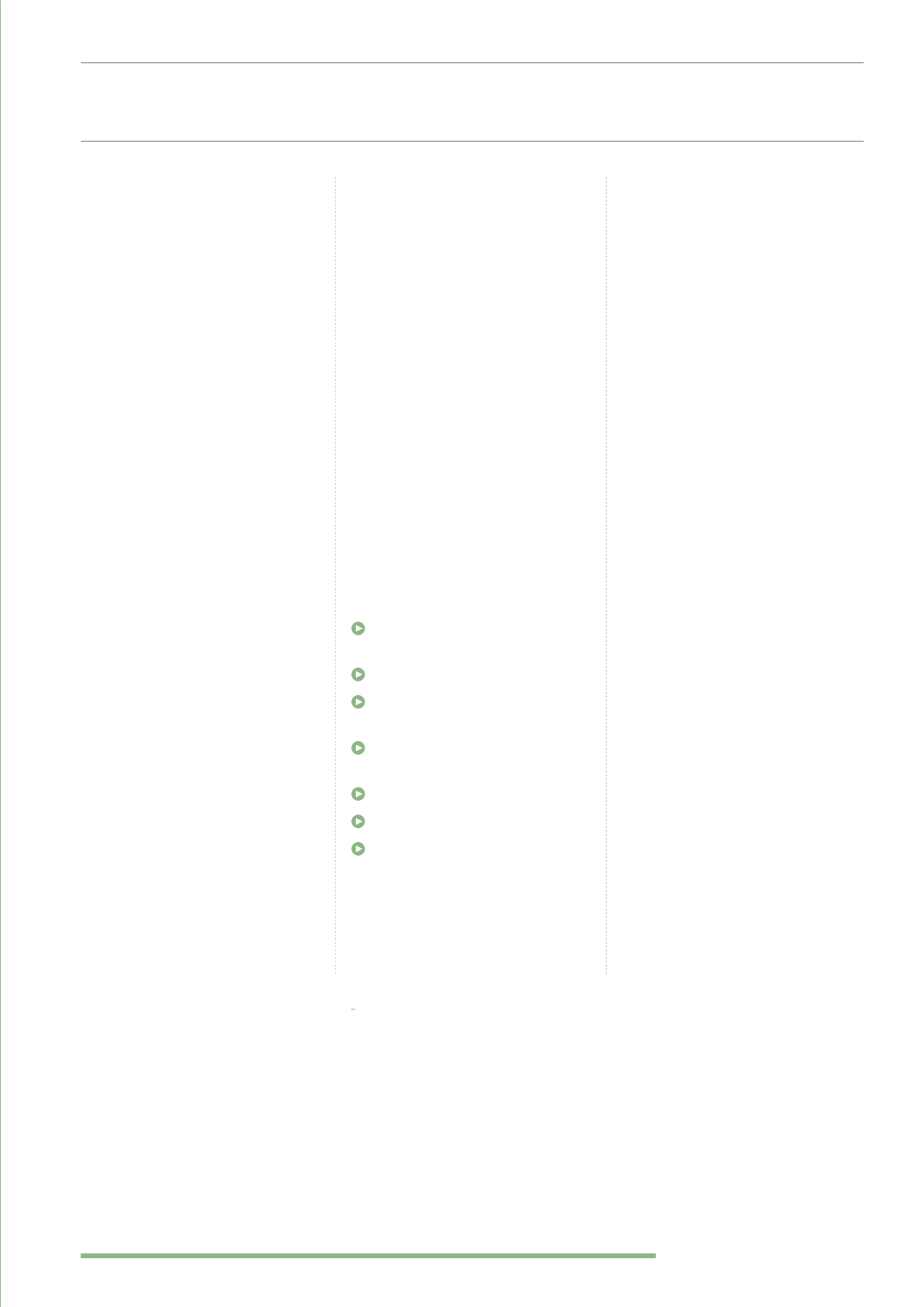
21
“You can get 100% relief
on shares in an unquoted
company (which includes
companies listed on AIM
and ISDX)”
Pitfall:
If a firm achieves a listing on the
main market, or on a recognised foreign
exchange, then it will no longer qualify
for BPR. With so many international
companies choosing to raise funds on
AIM, it is a distinct possibility that some
of them would choose a secondary
listing overseas which could invalidate
their BPR qualifying status here in the
UK - so it is essential to monitor the
activities of the companies that have
been invested in (the list of recognised
overseas exchanges changes from
time to time, but it is very broad. More
information is available here:
http://
-
exchanges.htm
.
Another issue is that it is not always
possible to demonstrate that the shares
held in an overseas company are to be
regarded as relevant business property
for inheritance tax purposes.
Unfortunately, there is no official
published list of AIM and ISDX listed
companies that do qualify for BPR,
so investors and advisers have to be
confident that they or their manager
have chosen suitable firms to invest in.
(Although there is a private company
which publishes a list based upon their
analysis on
.
PICKING WINNERS
Quite simply, a loss making investment
may offset any IHT relief. No beneficiary
is going to be grateful for IHT relief
if the investment has lost 50% of its
value! Investors’ capital is at risk, so
picking “winners” is vital, especially in
the illiquid and potentially volatile BPR
universe.
However, in this context, “winners”
are usually investments that preserve
capital and beat inflation: capital
preservation is the priority and
investors in BPR products are not
looking for the high growth required
in the accumulation phase of their
financial plan.
Different managers have different
investment philosophies of course,
but in general they are looking for
firms with one or more of the following
characteristics:
Secure and predictable revenue
streams
Strong margins
Significant market share or strong
reputation/brand
High barriers to entry for
competitors
Asset backed
Reasonable valuations
Low levels of debt or cash positive.
Of course, the investee company has
to have a need for the funds – a plan to
put the money to work in their business.
The capital cannot just sit there in a
contrived trade: this would jeopardise
the relief.
SUMMARY
The qualification rules are clear and
generous, making life a little easier
when assembling BPR qualifying
investments. However, there are some
pitfalls that must be avoided, making
the initial asset selection vital – and the
ongoing monitoring equally important.
And of course, meeting the qualifying
criteria is not enough on its own.
The investment part of the equation
cannot be ignored and ensuring capital
preservation (which in reality means
growth at least in line with inflation) is
paramount.
“Many investors are seeking a
straightforward, transparent,
less expensive IHT
mitigation scheme where
there is no need to establish
complex, opaque and costly
legal structures”
Sam Barton,
Close Brothers Asset Management
“The initial asset selection and ongoing monitoring are both equally important”


